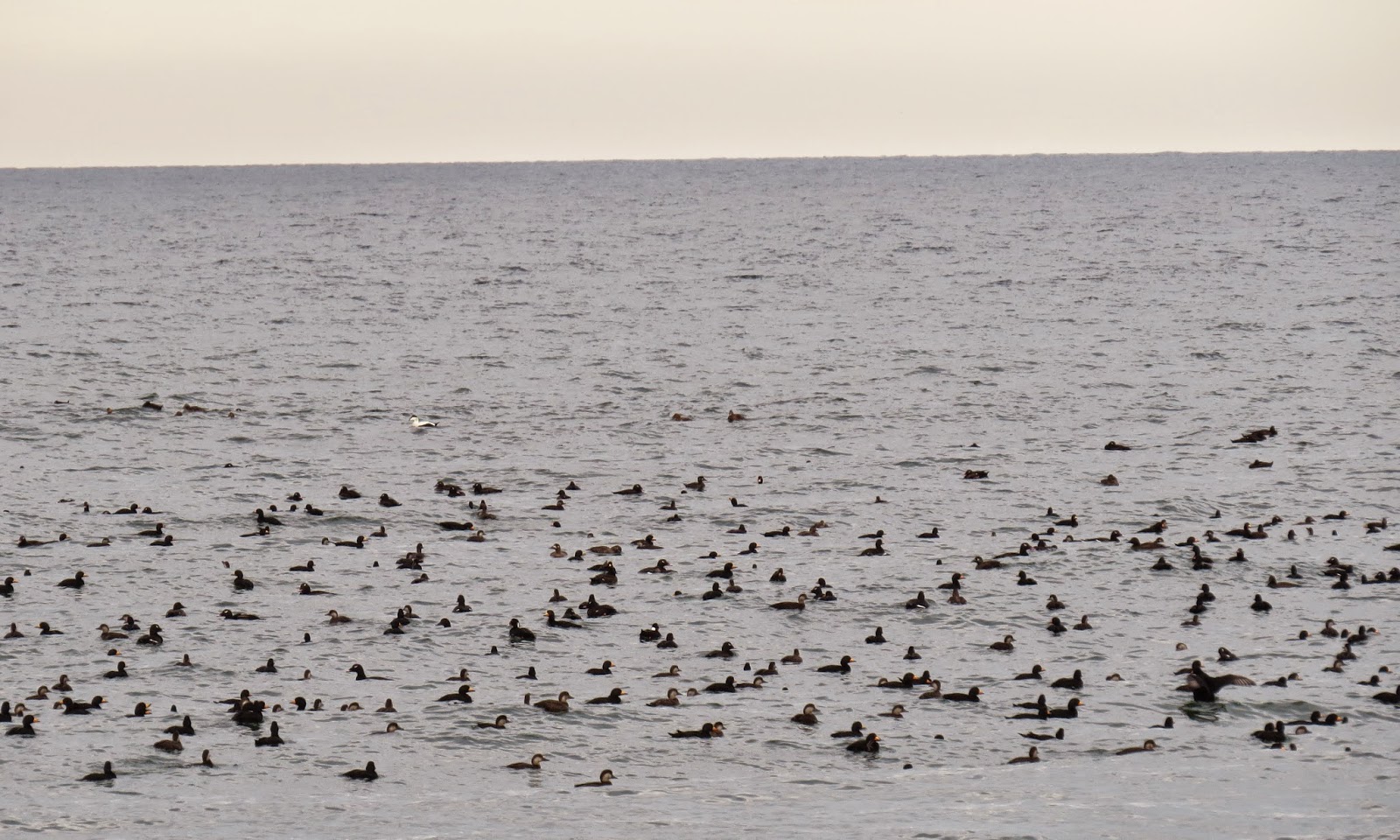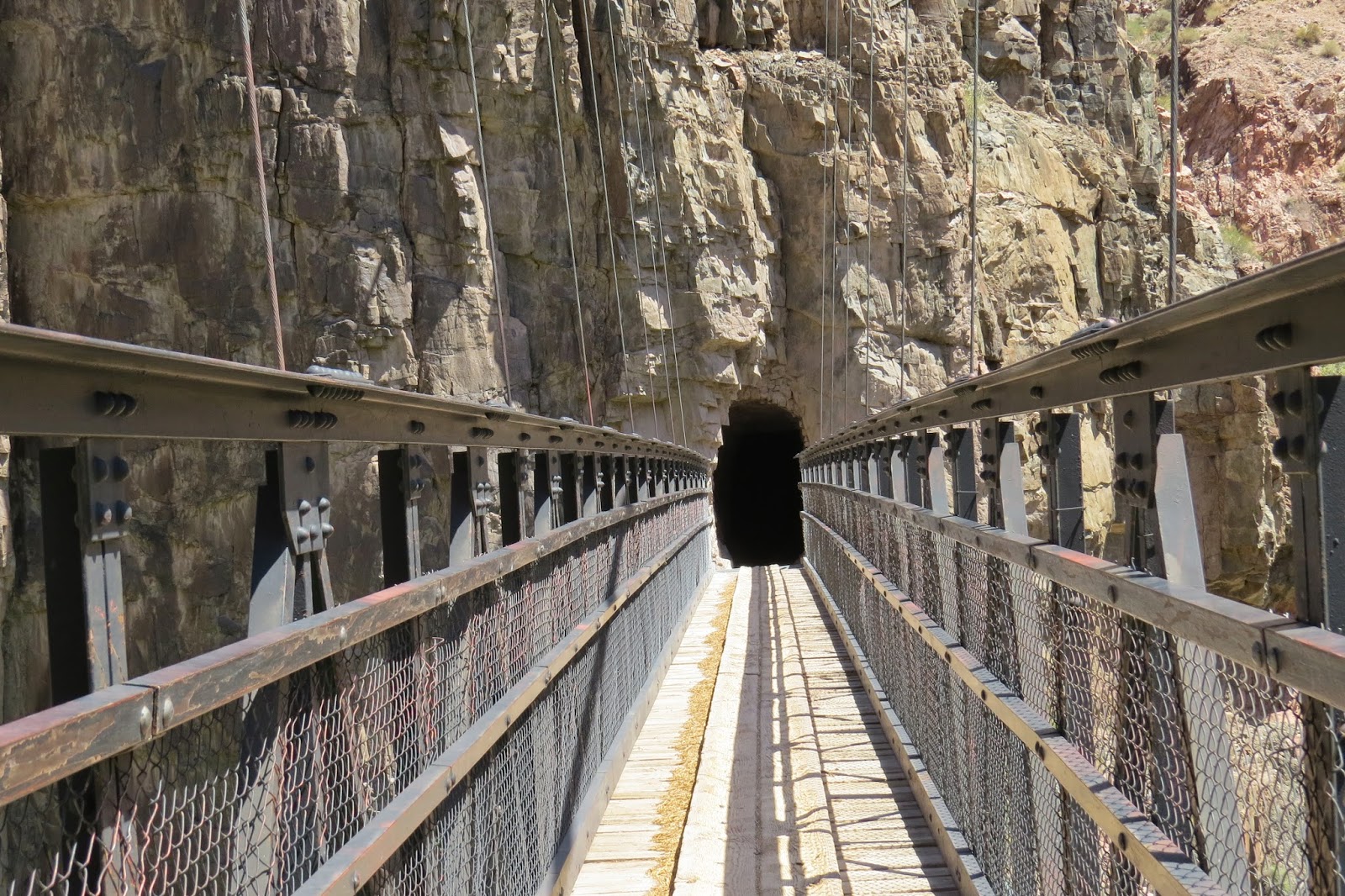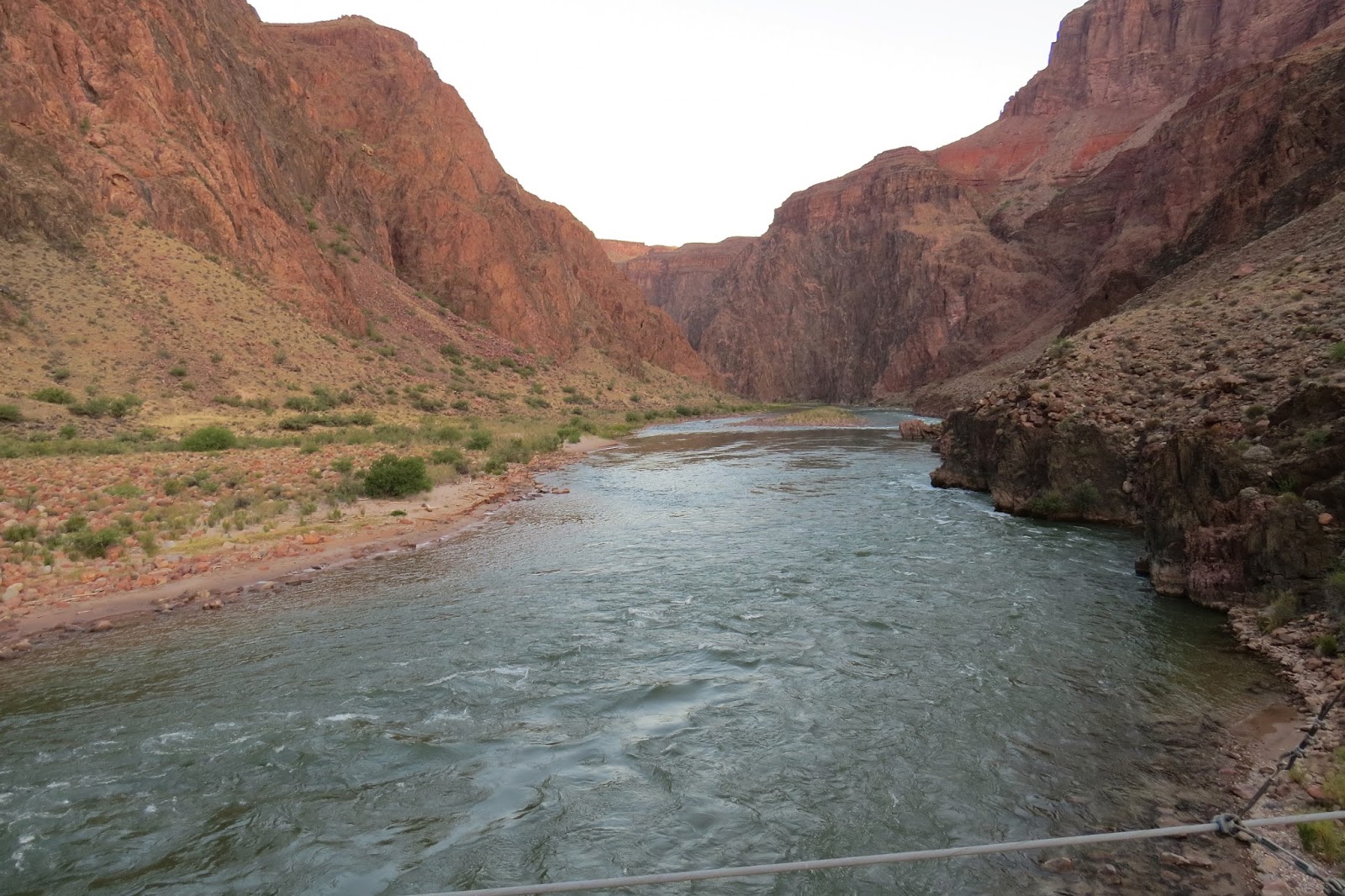Nauset Spit
looking north toward Nauset inlet
Last week I walked along Nauset Spit from Priscilla's Landing to get some exercise and search for birds. The Atlantic beach is about a half mile to the east from the parking lot at the landing. The shoreline can be followed north for about 2 miles to Nauset marsh inlet. Most of the dune and grass area above the high tide mark is posted to prevent dune erosion and protect nesting sites of endangered birds.
Boundary
Permits can be purchased from the Town of Orleans to drive vehicles on the beach toward the inlet. In recent years the inlet has been gradually migrating north due to the natural movement of sand caused by wave action and ocean currents. This had lead to a controversy about who has jurisdiction over the northern portion of the spit. Eastham officials claim that the new section of the spit is now within their town. Orleans selectmen maintain that the northern section should remain under their control at least for the management of off road vehicles. Recently, the National Park Service claims that this section is actually the property of the National Seashore. Currently, there are signs about half way up the spit to prevent Orleans off road vehicles from driving into the Town of Eastham. There continues to be a
legal tussle over this stretch of sand.
Coyotes
As I approached the line of dispute, the signs became visible. I also noticed a coyote disappearing into the dune grass behind the boundary. I was curious and in no way surprised. Coyote sightings have become very common on the Cape. Most full-time resident tell stories of coyotes strolling through backyards and there are frequent reports of attacks on pets. In rural areas howling packs can sometimes be heard during late night hours. I heard a pack singing their mournful serenade for the first time in our Harwich neighborhood about a week ago when I awoke at 3 in the morning. The cries made my heart beat faster and sleep returned slowly after the yelps subsided.
coyote disappearing into the dunes
sign at the disputed boundary
I continued to stroll up the beach and after walking for another half mile, I noticed what I first thought was a large dog ahead on the beach. Binoculars, however, showed this to be another coyote.
another coyote in the distance
This guy was reluctant to flee into the dunes. Food was involved. He was trying to drag the remains of a seal to a safer area.
trying to drag his lunch to a protected area
As I approached, he finally decided to slink off.
slinking coyote
After a few minutes, I passed the remains of the seal and continued walking north. After I had gone another 50 or 75 yards, I turned to look back down the beach and saw that the wily coyote had returned to complete his meal. He was closer than before and I snapped a pretty good picture.
return to finish the meal
He is certainly a healthy looking specimen, well-fed and well-groomed. He didn't appear to be overly concerned about my presence but I'm sure he was glad to see me depart. These coyotes must be ecstatic over the property line dispute as they cannot enjoy dodging off road vehicular traffic. Further along the spit many coyote tracks were obvious crossing back and forth between the marsh and the ocean.
In conclusion, there are three government organizations feuding over the north end of the spit, but the real story is that the coyotes have squatting rights and currently have real jurisdiction.
End of the Walk
A huge flock of birds were floating in the sea near the inlet. There were hundreds, mostly black scoter and white-winged scoter with some surf scoter and common eider mixed in.
floating birds (only a section of the flock is shown)
I returned on the marsh side of the spit as the afternoon waned.
late afternoon sun and clouds over the marsh
Another fine Cape afternoon had passed. A great deal had been accomplished. I had burned some serious calories and as a bonus had sighted a huge flock of scoter. Finally, I had acquired a firsthand understanding of the species that has practical jurisdiction over the north end of Nauset Spit, at least until an agreement can be hammered out between the towns and the National Park Service.
sunset from Priscilla's Landing
























































